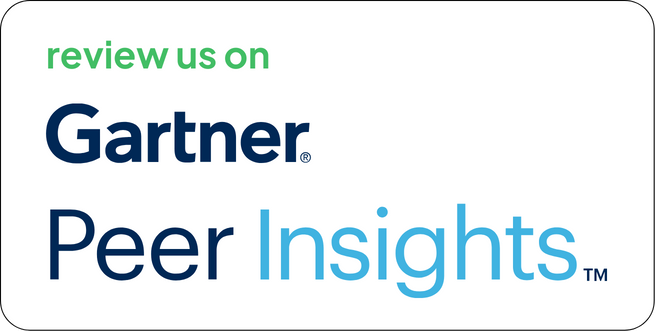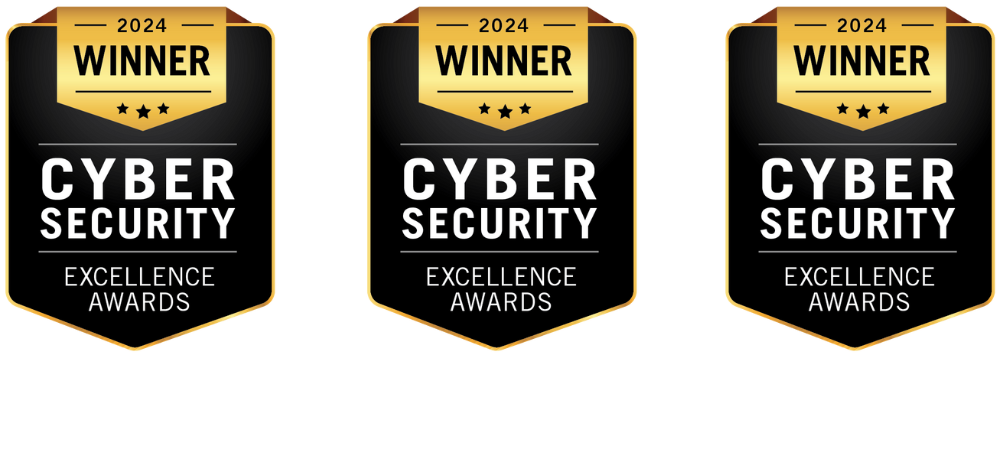Vulnerability scans tell you what’s broken inside your infrastructure. But what about the assets you didn’t know existed? Public-facing IPs, misconfigured services, and forgotten cloud resources, all of these are actively scanned by attackers every single day.
Palo Alto Xpanse is designed to find them. It continuously monitors the global internet for assets that belong to your organization but fall outside traditional inventory systems. While that visibility is critical, it remains operationally limited unless that data flows into your core risk management workflow.
That’s where Strobes come in.
Strobes connects Palo Alto Xpanse’s external asset intelligence with your internal risk management process, automating the transition from asset discovery to remediation assignment, tracking, and closure. The result is a streamlined, contextualized, and accountable way to manage your external attack surface alongside your internal vulnerabilities.
What is Palo Alto Xpanse?
Palo Alto Xpanse scans the entire internet for assets linked to your organization’s IPs, domains, subdomains, open ports, exposed services, and detects misconfigurations or risky exposures.
It helps identify:
- Shadow IT and forgotten cloud services
- Misconfigured DNS entries
- Unsecured ports on public-facing hosts
- Abandoned web apps are still reachable online
Despite its robust discovery engine, Xpanse stops at alerting. It doesn’t provide remediation workflows, doesn’t correlate with internal risk context, and doesn’t assign ownership or SLAs.
What is Strobes?
Strobes is an exposure management platform that consolidates findings from vulnerability scanners, CSPM tools, asset inventories, and third-party discovery tools like Xpanse. It delivers:
- Correlation across internal and external findings
- Contextual risk scoring based on exploitability and asset sensitivity
- Automation of remediation workflows
- SLA tracking and reporting tied to business functions
Instead of treating Xpanse findings as isolated data points, Strobes integrates them into an orchestrated process, triaged, prioritized, and resolved using rules aligned with your enterprise setup.
Purpose of Palo Alto Xpanse Integration with Strobes
The Palo Alto Xpanse – Strobes integration was developed for teams that:
- Have visibility gaps across the hybrid infrastructure
- Want to avoid duplicate discovery or triage work
- Need automated assignment and resolution for internet-exposed risks
- Are you looking to unify internal and external asset management into one workflow?
The integration creates a connected process from discovery to action.
What the Integration Does?
1. Ingesting External Asset Data from Xpanse
Using secure API integration, Strobes pulls:
- Asset attributes: IP addresses, domains, ports, services
- Discovery metadata: timestamps, location, ASN
- Risk metadata: exposure types, classification tags
- Change signals: newly discovered vs. recurring assets
These are updated on a schedule (e.g., every 24 hours), ensuring visibility into both new and persistent external exposures.
2. Asset Normalization and Tagging
Strobes maps external assets to internal asset groups using domain logic, WHOIS, and organizational tagging rules. Example: an exposed database server on a cloud IP range is tagged under “Production > Finance” if matching DNS entries or IP ranges exist.
This allows:
- Auto-classification of business-critical exposures
- Owner and environment tagging for routing
- Prevention of alert overload through deduplication
3. Contextual Risk Scoring
Each finding from Xpanse is evaluated using Strobes’ scoring engine, which includes:
- Exposure severity (e.g., exposed RDP, open database port)
- Asset category (prod vs. test, internal vs. internet-facing)
- Known exploits (mapped to threat intelligence sources)
- Business impact level (linked to data classification or revenue-generating functions)
This ensures attention is placed on risks that could result in real consequences, not just what’s “technically visible.”
4. Automated Remediation Workflow
Based on custom rules, Strobes pushes Xpanse findings directly into the tools your teams already use:
- Jira tickets are auto-assigned to the network or IT teams
- ServiceNow incidents tagged with source = “Xpanse”
- Slack alerts for newly detected P1 risks
- SLA countdowns are activated based on environment tags
Once a fix is confirmed (e.g., asset taken offline or port closed), Strobes auto-updates the status and closes the associated ticket.
5. Reporting and Oversight
Strobes aggregates Xpanse data across time and business units to power:
- Risk exposure dashboards sorted by severity and business impact
- SLA compliance reports segmented by external vs. internal sources
- Real-time alerts for first-seen vs. recurring exposures
- Audit logs for historical exposure trends across business groups
This turns point-in-time alerts into a continuous exposure timeline, helping security teams measure the impact of remediations over time.
Why This Integration Matters?
1. Closes Visibility Gaps
Unknown assets are often outside IT’s scope but remain the organization’s responsibility. The Palo Alto Xpanse Integration with Strobes ensures they are pulled into the same risk workflows as internal assets.
2. Improves Prioritization
Instead of reacting to every discovery equally, teams can act on high-risk exposures backed by exploit intel, asset tagging, and business impact.
3. Replaces Manual Triage
No more spreadsheets or separate workflows. Xpanse alerts go through the same automated pipeline as any other vulnerability in Strobes.
4. Strengthens Accountability
Findings are assigned with clear ownership, tracked with SLAs, and monitored for resolution. No ticket goes stale. No issue is orphaned.
5. Simplifies Compliance Reporting
Executives and auditors get unified reporting across known and previously unknown assets, closing the loop on complete asset visibility.
Who Uses Palo Alto Xpanse Integration with Strobes?
This setup is ideal for:
- Enterprises with complex hybrid environments
- Organizations operating in regulated industries with strict asset governance
- Security teams working across multiple cloud providers
- Teams aiming for external attack surface reduction metrics
Final Thoughts
Xpanse detects what’s exposed. Strobes ensure it’s resolved. Security teams can’t afford to treat external asset discovery as a parallel process. The Palo Alto Xpanse Integration with Strobes ensures it’s part of the same operational engine, scored, routed, tracked, and closed like any other risk.
Want to see how it works in your environment?





